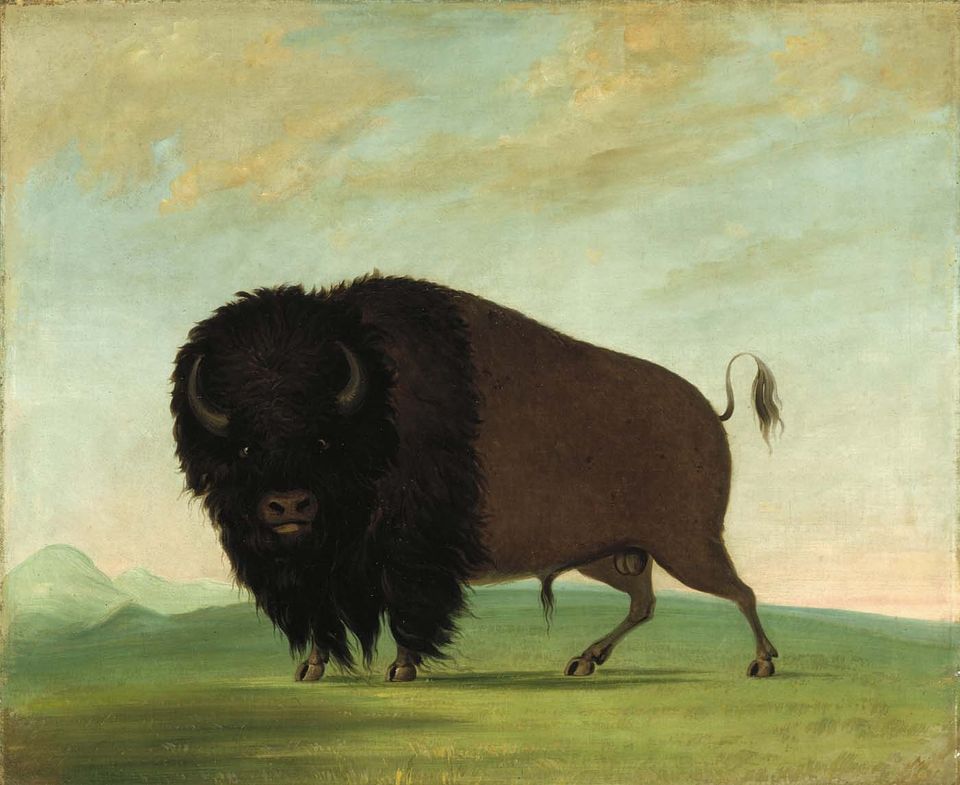Allan Houser
- Also known as
- Allan C. Houser
- Allan Haozous
- Born
- Apache, Oklahoma, United States
- Died
- Santa Fe, New Mexico, United States
- Active in
- California, United States
- Nationalities
- American
- Biography
Of Chiracahua Apache and English descent, Allan Houser (originally Hauzous) grew up in a world of farming and ranching, rich with the Apache heritage of his people as taught through the songs and stories of his father. Encouraged by his father to obtain a formal education, Houser studied art, specifically painting, at the Santa Fe Indian Art School with Dorothy Dunn.
His paintings, which were infused with his Native American background, earned him national recognition. In 1939 Houser produced murals for the Department of the Interior in Washington, D.C., the Golden Gate Exposition in San Francisco, and the New York World's Fair, which led to his work as a WPA muralist. He soon after began working in the sculptural medium, following the suggestion of his muralist mentor, Olle Nordmark. His first public sculptural work was a 1948 commission from the Haskell Institute in Lawrence, Kansas.
From the early 1950s until his retirement from academic life in 1975, Houser taught at various institutions in the Southwest; his first solo exhibition was presented at the Heard Museum in Phoenix, Arizona. Over the years his work has progressed from wood to stone, from a naturalistic approach to simplified, monumental forms, all the while maintaining figural expressions of Native American ideals.
National Museum of American Art (CD-ROM) (New York and Washington D.C.: MacMillan Digital in cooperation with the National Museum of American Art, 1996)














